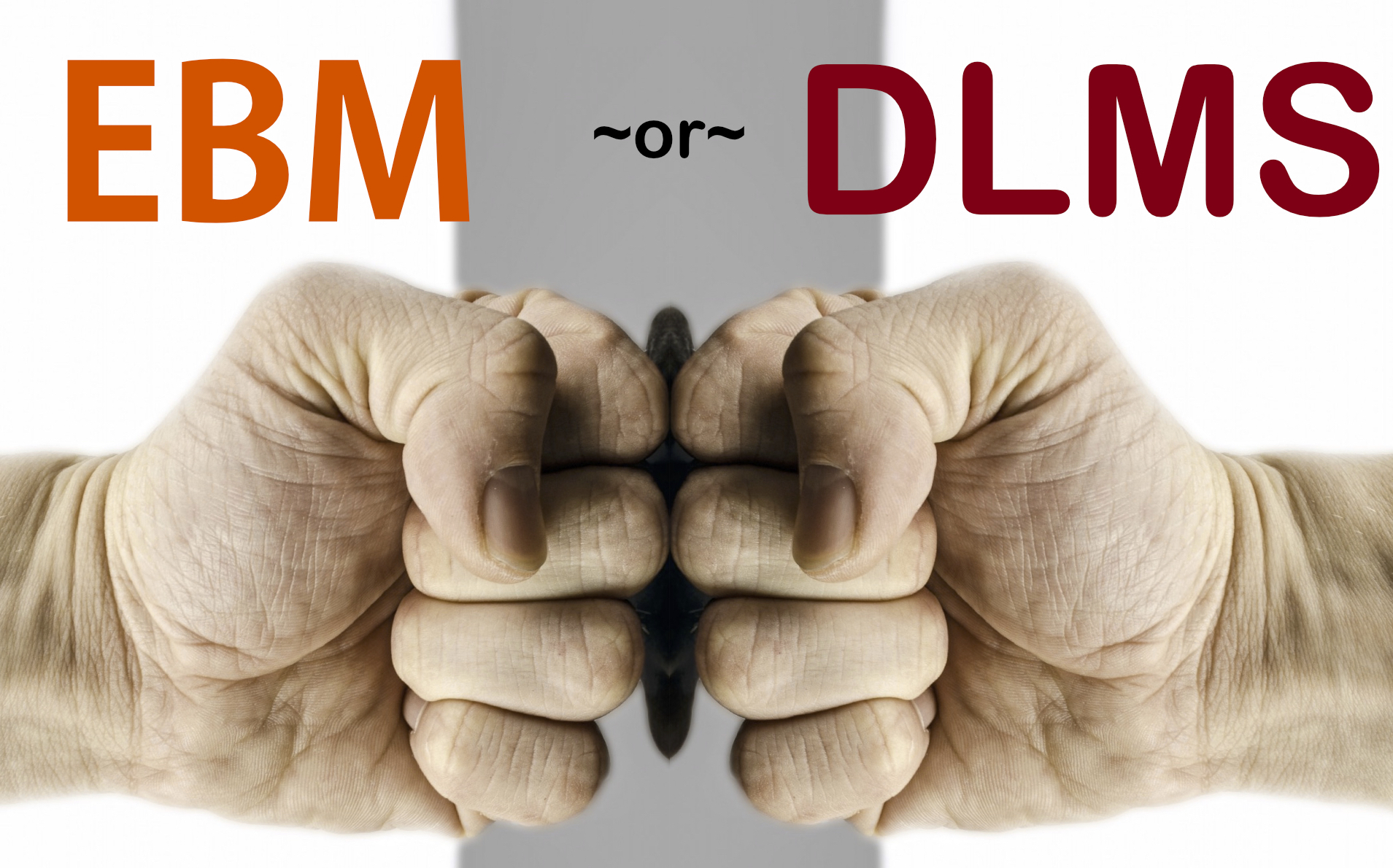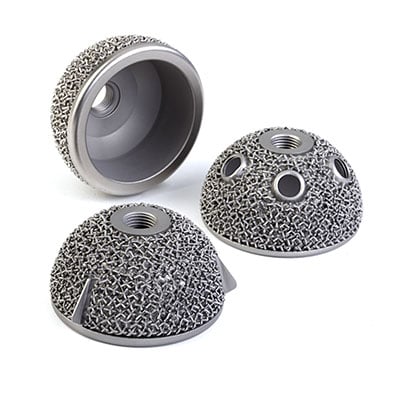
This is the final segment of a two-part series comparing EBM and DMLS 3D printing processes. The first part may be found here.
As the descriptions above infer, there are many similarities as well as a number of differences between these two metal 3D printing processes. Let’s start with the similarities:
• Arcam and EOS are not just hardware suppliers, both develop, supply and support Additive Manufacturing solutions through a combination of hardware, software and materials development.
• Both processes build metal parts within a powder bed and demand support structures during the build. Typically EBM lattice support structures are easier to remove than the block structures created by DMLS. Both processes demand a suite of auxiliary equipment to enable safe powder handling, recovery and recycling of excess powder.
• Both EBM and DMLS offer the general advantages of 3D printing. Perhaps the most notable for 3D printing metals is the inherent “complexity for free” benefit. This phrase can come off as a bit of a throw away line sometimes, but understanding the real potential of this is actually staggering.
An excellent example here is for tooling applications where the integration of conformal cooling channels is basically free when a tool is constructed with AM. Creating these using traditional tooling methodologies is laborious, time consuming and restrictive, not too mention often cost prohibitive. With AM it improves the performance of the tool insert as well as making it faster, easier and overall more cost-efficient. Shortened cooling times of up to 40% is not insignificant. Optimal temperature distribution reduces warpage thus achieving lower scrap rate and ensuring quality optimized final products.

• Both DMLS and EBM parts typically require post processing procedures once off the machine. This can include micro milling to achieve final tolerances; surface finishing whether via abrasive blasting, chemical milling or hand polishing; and thermal processing for age hardening etc.
However, where it perhaps gets the most interesting is in considering the differences between these two processes.
The most obvious difference is the heat source used to melt the metal powder, indicated in the process names. DMLS utilizes a high powered, typically 200-400 watt Yb-fiber optic laser, while EBM uses an electron beam in the region of 3,500 watts and a magnetic field to direct the beam. Also, to allow safe operation the electron beam process demands that it occur under vacuum, while the operating conditions for DMLS platforms are inert gas, typically nitrogen or argon.

One trade-off between the two technologies comes down to accuracy versus speed. While DMLS holds the advantage on accuracy, due to the precise laser, EBM streaks ahead on speed as a result of the numerous electron beams used simultaneously.
A couple of documented examples are relevant here. To demonstrate the power of DMLS for optimized design, the GE Leap Engine fuel nozzles are second to none. So you might just be switching your brain off at this point and thinking – “heard it all before” – but just stop for a minute, and consider what the GE LEAP fuel nozzle has actually proven (over a 10 year period) that DMLS is actually capable of now. It has reduced a 20 piece assembly to a 1 piece part, with a 25% reduction in weight and a 5x improvement in durability. That is truly incredible.
Over a similar time frame, EBM has demonstrably shown its value to the medical field. In Europe, the process is being used to consistently and economically produce medical implant parts, using a trabecular metal structure, which permits in-bone growth — all within one manufacturing procedure.
Both the EBM and DMLS processes have built solid foundations in demonstrably proving their worth for a number of applications. And while they both may be operating in similar vertical markets — aerospace, medical, automotive etc — ultimately while they may be perceived as competing technologies, in many instances they are often actually complementary to each other.

